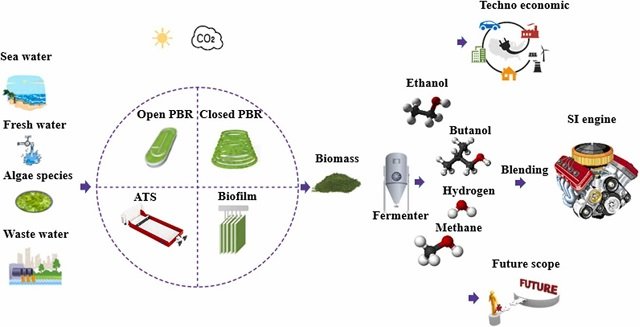by CORDIS
Workshops and surveys are just two of the tools the AquaVitae project is using to boost production of abalone, algae and oysters in the Atlantic Ocean.
The world’s growing population and the need for better food security are putting our oceans under more and more pressure. Aquaculture, a resource-efficient means of producing food from the ocean, is helping to ease this pressure. However, if it is to be more sustainable, aquaculture needs to grow beyond fish farming to include low-trophic species.
Belonging to the lower levels of the food chain, low-trophic marine species – macroalgae, oysters, mussels, sea urchins, sea cucumbers and abalone – have a lower environmental impact since they can be grown in ways that contribute zero waste. The EU-funded AquaVitae project is now working to increase the production of sustainable low-trophic species in the Atlantic Ocean. The project is represented by 35 partners from Europe, North America, South America and Africa.
Building a sustainable aquaculture community
As part of its goal to build a community throughout the Atlantic, AquaVitae recently attended the 2022 European Maritime Day (EMD) held in Ravenna, Italy. It demonstrated the promotion of sustainable aquaculture through research support and collaboration between countries. The EMD is a 2-day event held every year that brings together Europe’s maritime community to discuss maritime affairs and joint action to promote a sustainable blue economy.
Out of 70 applications submitted to present a workshop at the EMD, only 24 were accepted, of which AquaVitae was one. Held on 20 May, the AquaVitae workshop focused on how to join forces with new food systems in aquaculture. Fifty participants attended the workshop, which had a round table format and was hosted by Dr Philip James of AquaVitae project coordinator Nofima, Norway.
Dr James led a discussion amongst five researchers of the project from the Faroe Islands, France, South Africa and Spain. According to a news item posted on the AquaVitae project website, the four countries are all working with the same techniques and with the same low-trophic species, namely algae and abalone.
Given that one of the project’s goals is to implement new or improved aquaculture processes, the speakers discussed the advantages of integrated multi-trophic aquaculture (IMTA). In an IMTA system, the waste products from one species are used as food for another.
The data obtained during the workshop can help the project partners implement or improve their own systems. “We have been inspired by South Africa to do land-based macroalgae production tanks. It has been a challenge to replicate the techniques in Europe,” remarks Dr Sylvain Huchette of project partner France Haliotis, France.
Stay Always Informed
Join our communities to instantly receive the most important news, reports, and analysis from the aquaculture industry.
Requesting oyster research feedback
AquaVitae partners are also “working on protocol development for sea based seed collection and spatting pond production of oyster seed,” as reported on the website of Native Oyster Restoration Alliance. To get some feedback on how important this work is to European stakeholders involved in or benefiting from oyster seed production, the project has created a short online survey. The results will be communicated through AquaVitae (New species, processes and products contributing to increased production and improved sustainability in emerging low trophic, and existing low and high trophic aquaculture value chains in the Atlantic) deliverables and presentations.
For more information, please see:
AquaVitae project website
Editor at the digital magazine AquaHoy. He holds a degree in Aquaculture Biology from the National University of Santa (UNS) and a Master’s degree in Science and Innovation Management from the Polytechnic University of Valencia, with postgraduate diplomas in Business Innovation and Innovation Management. He possesses extensive experience in the aquaculture and fisheries sector, having led the Fisheries Innovation Unit of the National Program for Innovation in Fisheries and Aquaculture (PNIPA). He has served as a senior consultant in technology watch, an innovation project formulator and advisor, and a lecturer at UNS. He is a member of the Peruvian College of Biologists and was recognized by the World Aquaculture Society (WAS) in 2016 for his contribution to aquaculture.




